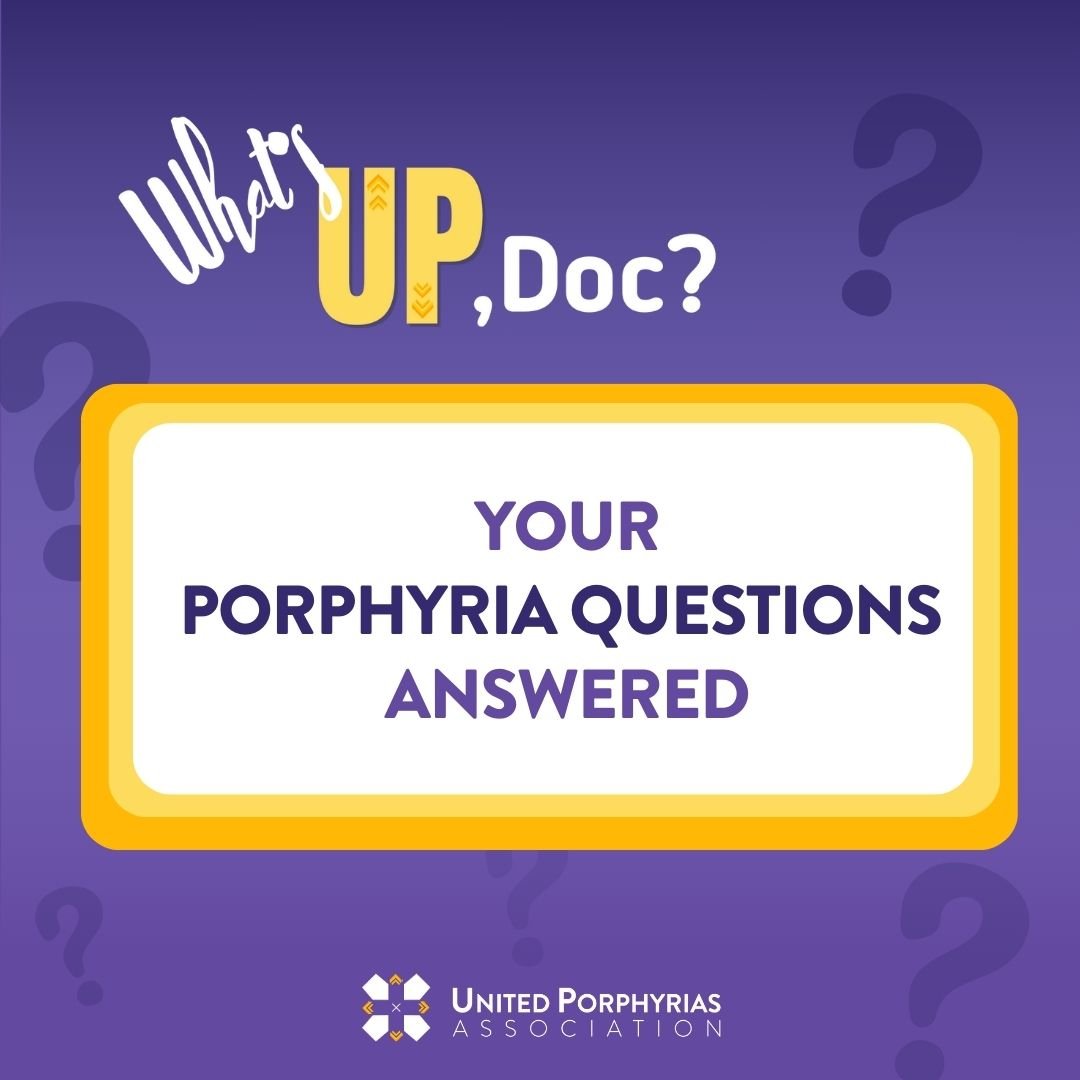
HCP
Hereditary Coproporphyria
Hereditary Coproporphyria (HCP)
Hereditary Coproporphyria (HCP) has a variable presentation that is characterized by potentially life-threatening acute attacks and/or blistering skin lesions on sun exposed parts of the body (often hands and face).
Acute attacks usually include severe abdominal pain as the main symptom, and can also include weakness, nausea, vomiting, constipation, confusion, restlessness, hallucination, and seizures. There can be other symptoms as well. These attacks can be triggered by certain factors like medications (e.g. barbiturates, sulfonamide antibiotics, anti-seizure drugs, and oral contraceptives), alcohol, dieting, infections, and others. Some people with HCP have few attacks in their life-time, and others can have many attacks. Some women can develop acute attacks around their menstrual cycle.
Acute attacks and blistering skin symptoms are more common in women compared to men, and are rare in children. Most people present with symptoms after puberty, in their 20s-30s.
HCP one of the Acute Hepatic Porphyrias (AHP) which all have similar symptoms and require biochemical or genetic testing to distinguish.
HCP is caused by changes in the CPOX gene, which controls the CPOX enzyme in the heme pathway. Without enough of this enzyme, there is a buildup of compounds called ALA and PBG, as well as other porphyrins. Most (>90%) people with changes in the CPOX gene never develop acute attacks or skin symptoms.
Acute attacks can be triggered or worsened by a number of factors including:
Some medications
Alcohol and drugs
Dieting or fasting
Infections
Hormone fluctuations related to the menstrual cycle
Acute Attack Symptoms
Acute attacks can include a wide array of symptoms. Most HCP patients do not experience all symptoms, and some will only experience skin symptoms.
Severe abdominal pain
Severe pain in the chest, back, arms and legs
Headaches
Nausea
Vomiting
Constipation and urinary retention
Muscle weakness, numbness or paralysis- often beginning in the shoulders and hips
Tachycardia (fast heart rate) and hypertension (high blood pressure)
Insomnia (difficulty sleeping)
Anxiety, depression
Confusion, hallucinations (affecting any of the five senses), paranoia, psychosis
Seizures
Hyponatremia (low salt) and hypomagnesemia (low magnesium)
Urine may darken or redden when exposed to light
Skin Symptoms
Some HCP patients will experience skin symptoms, they may or may not also experience acute attacks.
Skin lesions, blistering, pain, burning and itching on skin that is most frequently exposed to sun (usually hands and face)
Fragile skin, milia (tiny white bumps or cysts) on sun-exposed areas
Discolored (excessively light or dark) scars
Excessive hair growth
Chronic Symptoms
Some HCP patients also experience chronic symptoms. These symptoms may be related to ongoing recovery, nerve damage from attacks or chronically high porphyrin precursors. Common chronic symptoms include: fatigue, muscle weakness, pain and trouble sleeping.
Hereditary Coproporphyria (HCP) is diagnosed using biochemical testing, starting with testing for levels of PBG in urine. Genetic testing can confirm the type of porphyria and identify the specific gene variant, but is not enough on its own to confirm a diagnosis of active HCP.
For more information on testing visit the Seeking a Diagnosis page.
Acute attacks often require hospitalization. Hospitalization allows administration of medication to manage pain, and ensures adequate fluids and nutrition if vomiting or too nauseated to eat.
Panhematin is an FDA approved medication which can help decrease the severity and length of the attack, and is more effective the earlier it is received. Panhematin is administered as an infusion once a day for several days to treat an acute attack. Givlaari is a new treatment for people who have frequent attacks to try and prevent them. In very severe cases liver transplant may be considered.
There are currently no approved treatments to manage skin symptoms for HCP. Sun protection/avoidance is recommended.
Learn more about treatment options for HCP in this webinar with Dr. Sioban Keel recorded in March 2025.
Pain Management
Acute attacks can be very severe requiring strong pain medications to help relieve the pain. These are generally given during hospitalization. Some people may develop chronic symptoms including chronic pain and should consult with a pain specialist.
Medications
Avoiding known triggers of acute attacks is important. There is an online drug database to check which medications may be unsafe for people with HCP.
Nutrition
People with HCP should avoid dieting or fasting, and maintain a healthy, balanced diet.
Sun Protection
People with blistering sun exposure need to protect themselves from the sun by using sun protective clothing and avoiding prolonged sun exposure. Most conventional sunscreens are not effective because they do not block light in the blue-violet range, which is the type of light that triggers reactions in porphyria.
Long-term, patients with HCP may have an increased risk of developing high blood pressure, chronic kidney disease and kidney failure, and also have an increased risk of developing liver cancer, called hepatocellular carcinoma. Skin symptoms may result in scarring.
People with HCP, even those who do not have acute attacks, should see a porphyria specialist at least once a year for regular follow-up to monitor for the long-term complications. People who have frequent attacks may need to see a specialist more regularly.
HCP is an autosomal dominant condition. Autosomal means that the defect is not on the chromosomes that determine sex, and dominant means that you only need to inherit one changed gene to have the disease.
All HCP patients have one changed copy of the CPOX gene inherited from one parent and one normal copy from the other parent. Each child of a parent with HCP will have a 50% chance of inheriting the changed copy and 50% chance of inheriting the normal copy from that parent.
More HCP Resources
Check out our Spotlight Porphyria blog for answers to common (and uncommon) HCP questions, updates on the latest research and more!

Get Connected
-

Get your questions answered
Our Patient Navigator can help you find porphyria specialist, access testing and treatments, and get your porphyria questions answered.
-

Find others who know what it's like
Connect regularly with small group of your peers! Groups are created around diagnosis and particular experiences/needs.
-

Talk one-on-one
Connect with a UPA Ambassador who understands what you're going through, because they've been there too.





